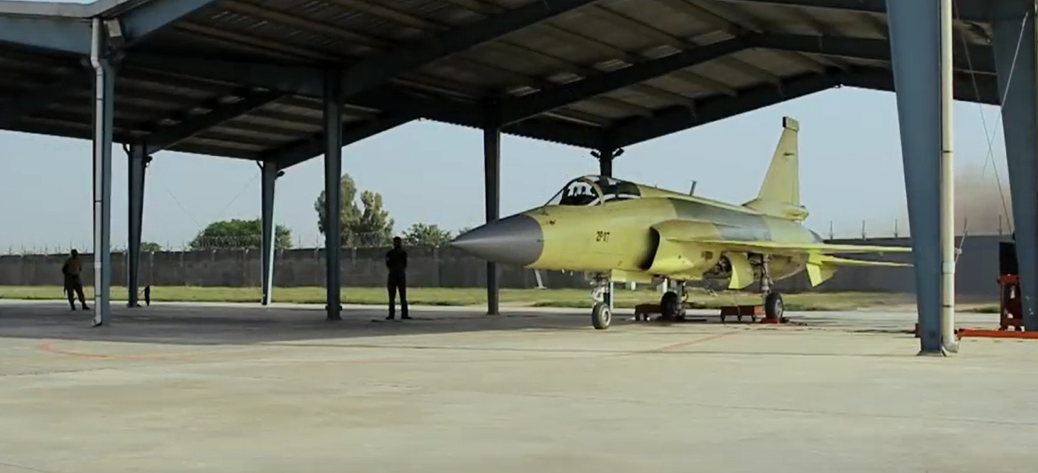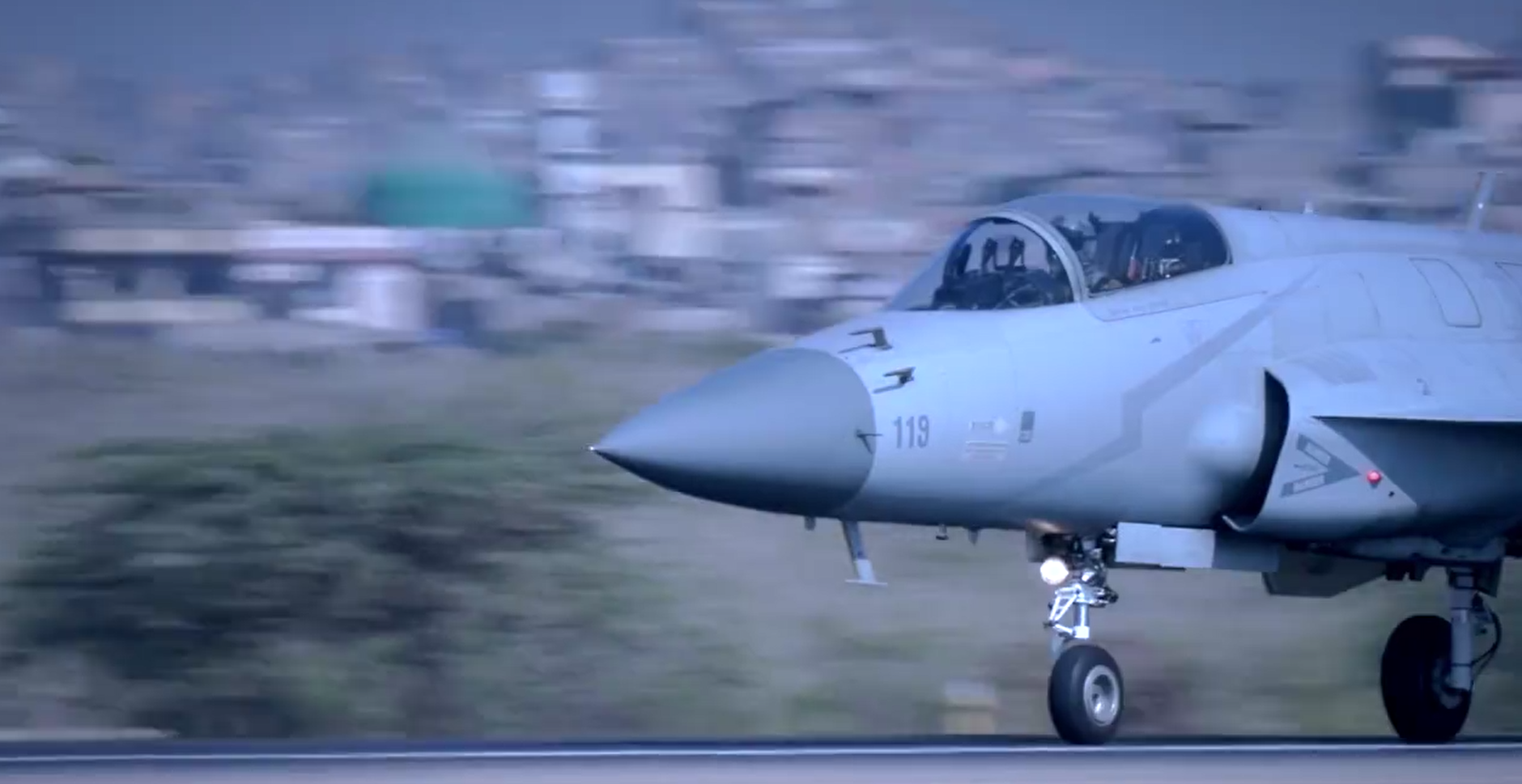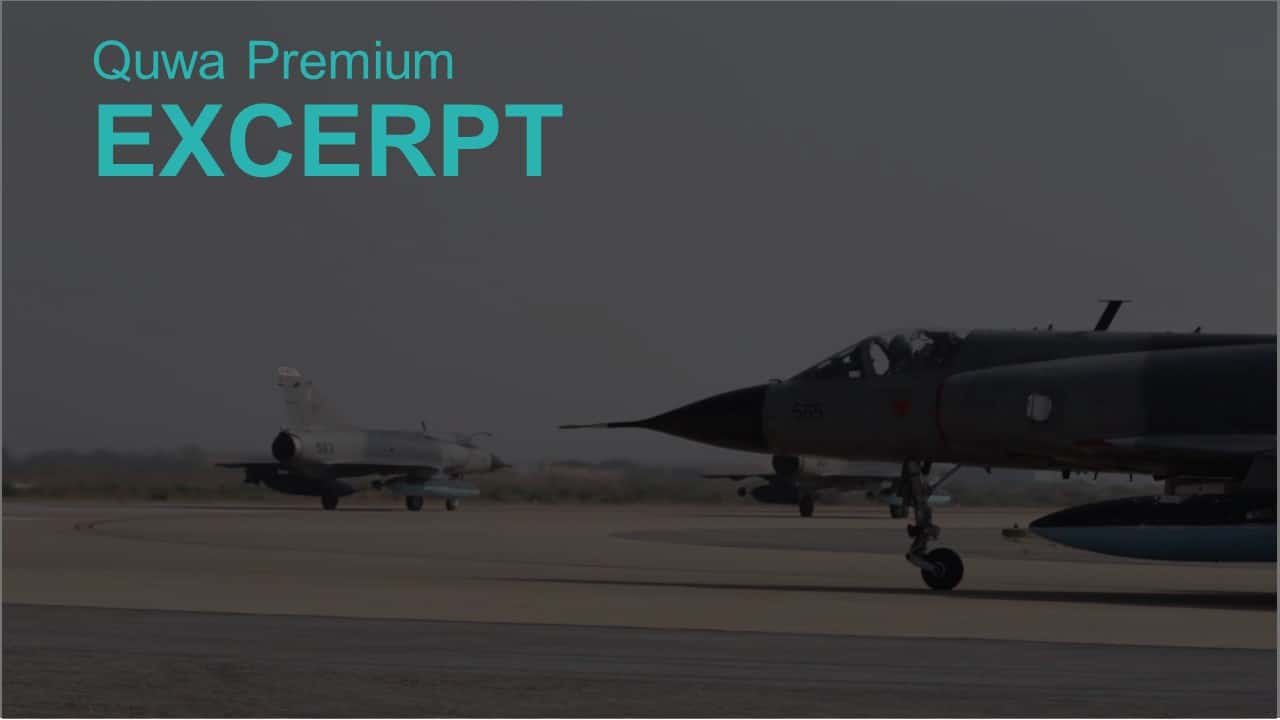06 January 2016
By Bilal Khan
According to numerous Pakistani and Sri Lankan media reports, Pakistan reportedly closed the sale of eight JF-17 Thunder fighter aircraft to Sri Lanka yesterday. This marks the second finalized overseas JF-17 sale for Pakistan, the first likely being Myanmar (IHS Jane’s 360).
Following up on the Quwa article published on Monday, it will be worth studying what the newly gained commercial momentum of the JF-17 may mean for Pakistan Aeronautical Complex (PAC), the main vendor involved at this time in the fighter’s production. While the PAC is not a stranger to selling aircraft (given that it has several MFI-17 Mushshak and Super Mushshak customers), the sale of multimillion-dollar fighter aircraft is a new and much more complex (and potentially lucrative) domain.
It is important to understand that the sale is only the first step; a series of other and arguably more complex elements are sure to follow. For example, in the lead-up of transferring the actual fighter aircraft, PAC will need to ensure that the requisite trained personnel as well as maintenance infrastructure are in place with the receiving air forces. Moreover, there is the question of whether PAC will station personnel overseas in order to see these projects through, and what that means for the price of the aircraft, Pakistan Air Force (PAF) personnel (especially engineers and technicians), and the actual host nations themselves.
The aforementioned questions will have likely been dealt with during the negotiation stages, but it will be interesting to see how they pan out in practice. From the onset however, it should be noted that the sale of the JF-17 to these countries is not coloured with foreign policy interests, contrary to what one might like to believe. One should acknowledge that a major selling point of the JF-17 is the fact that it does not come with invasive political strings; it is unreasonable to expect Pakistan (with limited economic might and a relatively passive foreign policy drive) to somehow attach and succeed with such conditions in place.

In terms of the technical elements, it will be very interesting to see how the PAF and PAC manage these accounts. For example, could these sales mark the beginning for a stronger cadre of civilian professionals to steward the technical and commercial elements overseas? In the end, it may be more prudent to have a permanent professional body to deal with such matters, as opposed to rotating serving officers and technicians. The PAF has its own pressing operational needs, so it may be prudent to strongly demarcate between commercial and operational realms. Trying to relay personnel and expectations between the two could lead to unnecessary inefficiencies in both areas.
The commercial opportunities in fighter sales do not stop with the transfer of aircraft, but can continue through the supply of spare parts, engine overhaul, structural restoration and upgrades. In that respect, PAC has not just secured for itself work for the next several years, but accounts that will last for at least a couple of decades. Moreover, how these air forces fare with operating the JF-17 will also have an impact on the fighter’s perception, especially from a durability and reliability standpoint. This is not to take away from the intensive use the fighter should see at the hands of the PAF, but ensuring that best practices are applied elsewhere may be important if PAC intends to secure new (and bigger) clients, such as Egypt.
In regards to the Sri Lankan Air Force (SLAF), the JF-17 purchase is interesting. It is unclear exactly what variant of the JF-17 the SLAF is procuring, but if it is the Block-II, then it should at least benefit from the added essentials, e.g. improved oxygen system potentially alongside the enhanced ECM [electronics countermeasures] and radar. In terms of munitions, the SLAF should have access to the full gamut of Chinese air-to-air and air-to-surface munitions cleared for export by Beijing.

In terms of air-to-air munitions, the SLAF could potentially acquire the SD-10 beyond visual range air-to-air missile (BVRAAM). The SD-10 is an active radar-guided missile capable of data-link midcourse guidance, it has a range of at least 70km (Strategy Center). This can be paired with the PL-5EII within visual range air-to-air missile (WVRAAM), which CATIC markets as an “improved 3rd generation short-range [infrared] air-to-air missile, which features good anti-jamming capability and all-aspect attack capability.”
On the air-to-ground front, the options on offer are no less interesting. For example, the SLAF could acquire the LT-2 laser-guided bomb (LGB) and LS-3 as well as LS-6 (250kg and 500kg, respectively) INS/GPS precision-guided bombs (PGB), which could give it Paveway II and JDAM-like capability. In terms of stand-off weapons, the SLAF could acquire the C-802 and CM-400AKG anti-ship missiles, the 500kg GB6 (which is similar in concept to the AGM-154 JSOW), and CM-102 anti-radiation missile.
Based on the reports thus far, it seems the present sale of eight aircraft is an initial order, it is possible (if not likely) that the SLAF will acquire more JF-17s in the coming years. It will also be interesting to see if the SLAF will get Israeli firms such as Elbit and Rafael involved to customize the JF-17 in terms of its onboard electronics suite and/or electronics warfare as well as armaments.



